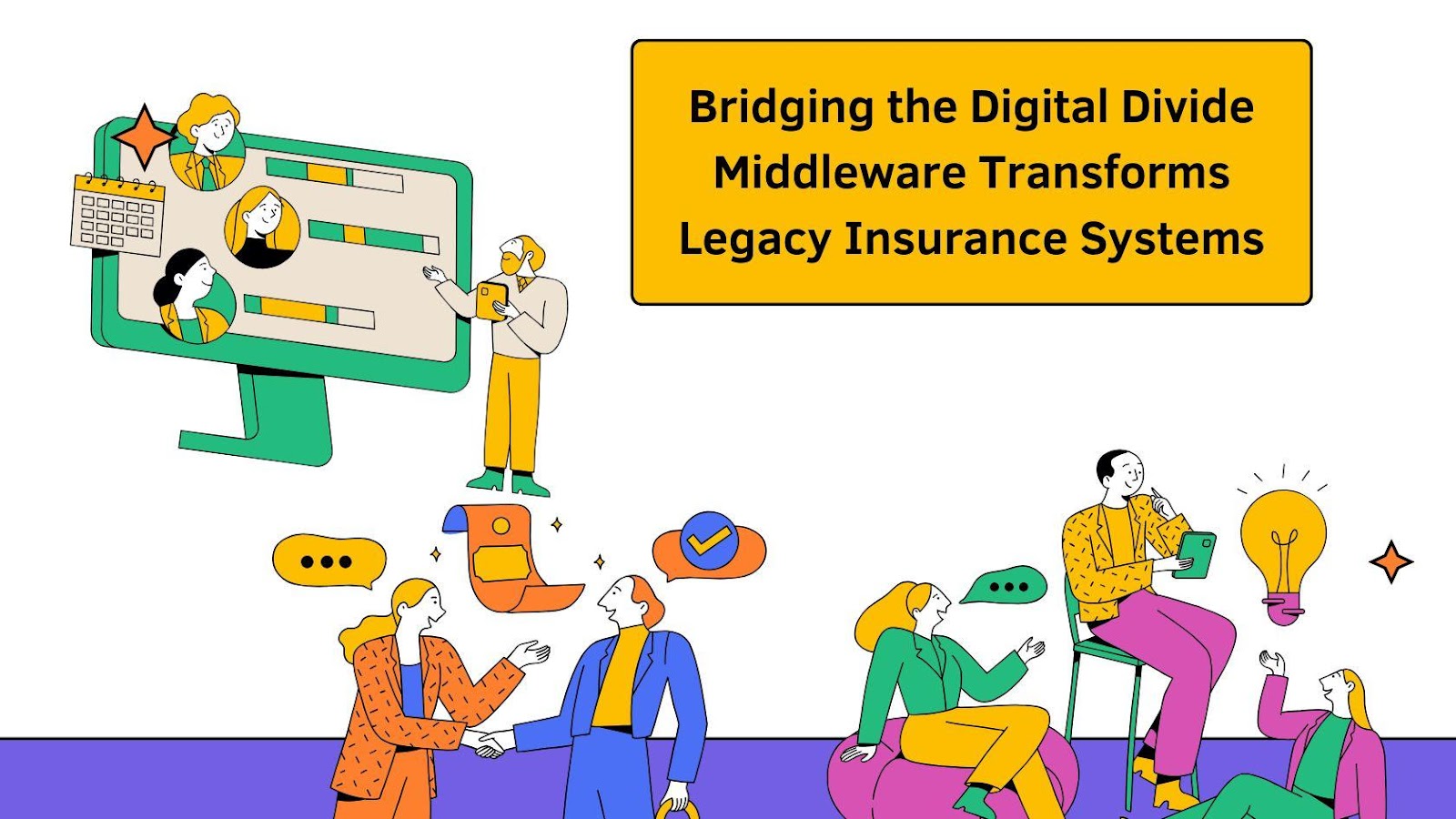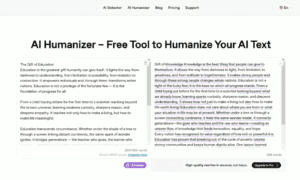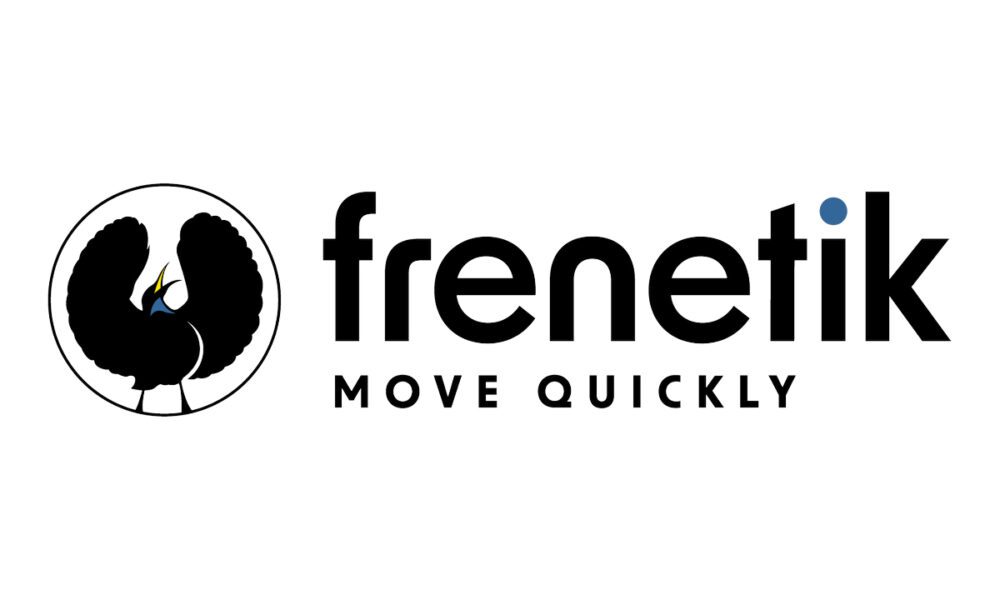The insurance industry is at a crucial juncture, where traditional systems meet modern innovation. At the forefront of this transformation, Padmaja Dhanekulla‘s pioneering research highlights middleware technology as the key to unlocking digital progress. This approach offers insurance companies a practical bridge between their legacy systems and the demands of today’s digital landscape. By identifying middleware as a strategic solution, she addresses one of the industry’s most pressing challenges: how to modernize complex technological infrastructure without disrupting critical operations.
The Technological Time Warp
The insurance industry is at a pivotal technological crossroads, with 75% of insurers relying on legacy systems developed 20 to 40 years ago. These outdated infrastructures consume up to 70% of IT budgets solely for maintenance, leaving little room for innovation. While functional for basic operations, they fail to meet the demands of modern digital customer engagement and evolving regulatory requirements. This reliance on aging technology creates a significant bottleneck, hindering.
The Middleware Revolution
Middleware has become a transformative solution in the insurance industry, seamlessly connecting outdated legacy systems with modern Policy Administration Systems (PAS). By serving as an integration layer, it enables smooth data exchange, enhances system interoperability, and mitigates challenges posed by aging infrastructures. This innovative approach is reshaping the technological landscape, driving digital transformation, and fostering operational efficiency across the industry.
Unlocking Operational Efficiency
The benefits of middleware implementation are profound and multifaceted. Organizations implementing these solutions have witnessed significant cost reductions and efficiency gains that extend far beyond traditional technological upgrades. Companies have achieved remarkable savings in integration and development costs, with optimization of maintenance expenses reaching unprecedented levels. The return on investment typically materializes within 12 to 18 months, making it an attractive technological strategy that promises both immediate and long-term financial benefits for insurance organizations.
Breaking Down Technological Barriers
Legacy systems present a complex web of intricate challenges that have long plagued the insurance technology ecosystem. Most systems operate on monolithic architectures with extremely limited support for modern microservices, creating a rigid and inflexible technological environment. Native API support remains minimal, creating substantial integration complexities that impede technological innovation. Moreover, technology integration projects frequently experience significant timeline extensions and implementation difficulties, which further complicate the modernization process and drain organizational resources.
Performance and Scalability Transformed
Middleware technology has transformed system infrastructure through significant improvements in performance and scalability. It delivers enhanced processing power, faster response times, and better concurrent user handling across platforms. Systems become more efficient, reliable, and highly adaptable to changing business needs and evolving technical requirements in today’s dynamic environment.
Risk Mitigation and Compliance
Beyond technical improvements, middleware offers a comprehensive risk management framework that addresses multiple organizational challenges. The technology significantly reduces critical incidents, accelerates problem resolution, and dramatically improves documentation accuracy. Audit trail completeness reaches near-perfect levels, providing insurers with unprecedented transparency and control over their technological ecosystems, thus mitigating potential regulatory and operational risks with a level of precision previously unattainable.
Strategic Implementation Framework
Successful middleware integration demands a meticulously crafted and sophisticated approach that goes beyond traditional technological implementation strategies. The process involves comprehensive system inventory analysis, development of robust architectural designs, implementation of stringent security protocols, and execution of thorough testing strategies. Each phase requires careful planning and precise execution to ensure seamless technological transformation, minimizing disruption and maximizing technological potential while maintaining operational continuity.
The Future of Insurance Technology
As digital marketplaces become increasingly competitive and complex, middleware integration represents a critical strategic approach for forward-thinking insurers. The technology enables faster product deployments, enhances digital customer experiences, facilitates gradual modernization of core systems, and protects existing technology investments. This approach provides a flexible and sustainable path for technological evolution in an increasingly digital and dynamic insurance landscape.
In conclusion, Padmaja Dhanekulla’s research underscores that middleware transcends mere technological intervention, emerging as a critical strategic imperative for the insurance industry. By effectively bridging complex technological gaps, insurers can not only maintain their competitive edge but also ensure robust regulatory compliance and deliver exceptional customer experiences. This innovative approach represents a transformative pathway that enables organizations to navigate the intricate landscape of digital transformation while preserving the integrity of their existing technological infrastructure.



































